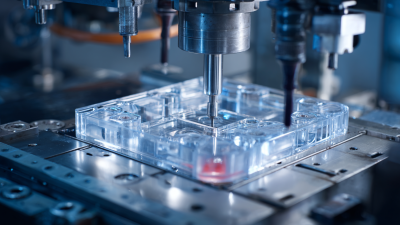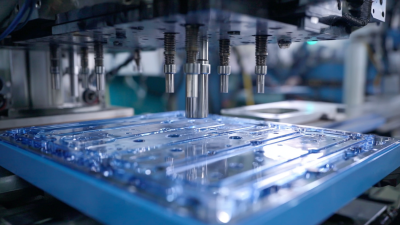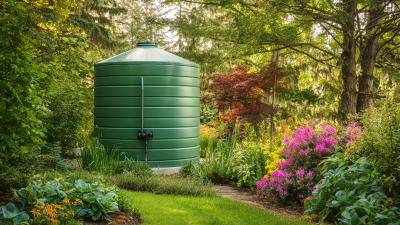In the ever-evolving landscape of the manufacturing industry, the demand for high-quality, efficient production processes has never been more critical. One of the cornerstones of modern manufacturing is the plastic injection molding machine, a pivotal technology responsible for shaping a vast array of plastic products used in various sectors, from automotive to consumer goods. According to a recent market analysis by MarketsandMarkets, the global plastic injection molding market is expected to reach approximately $390 billion by 2025, growing at a compound annual growth rate (CAGR) of 3.3%. This robust growth underlines the essential role that these machines play in meeting the rising demand for durable and lightweight components.
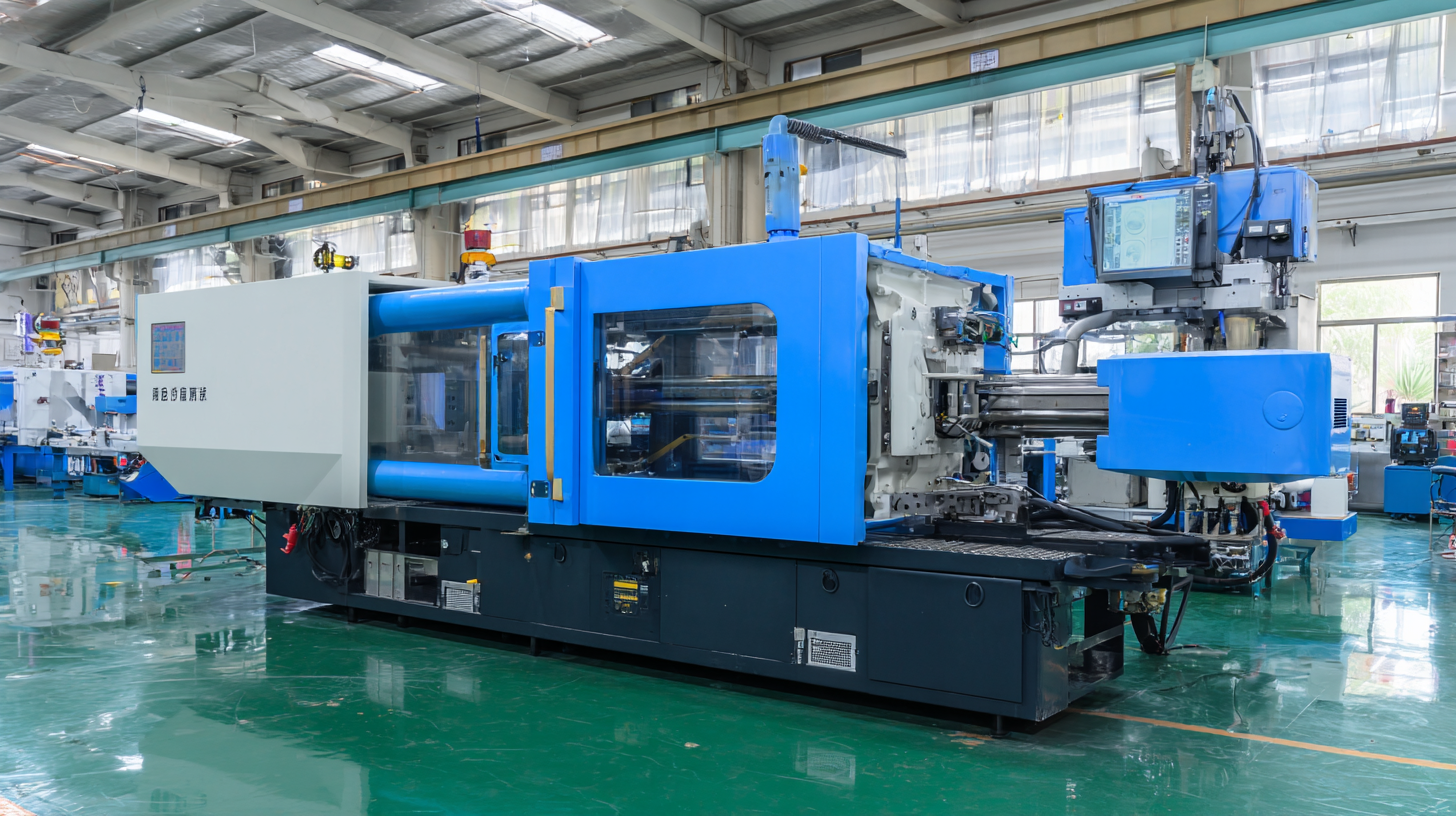
As manufacturers strive for optimal production, selecting the right plastic injection molding machine becomes increasingly important. This selection process hinges not only on the machine's technical specifications but also on its ability to adapt to different production needs and material types. Industry reports emphasize that advancements in automation, energy efficiency, and precision are transforming the capabilities of injection molding machines. Innovations such as advanced control systems and integrated robotics are setting new standards for productivity, ultimately enabling manufacturers to enhance output while minimizing waste and operational costs. In this context, we present a curated list of the top 7 plastic injection molding machines in 2023, focusing on their unique features and contributions to efficient production practices.
The landscape of plastic injection molding machines is rapidly evolving in 2023, driven by technological innovations that enhance efficiency, precision, and sustainability. According to a report by MarketsandMarkets, the global injection molding machine market is projected to reach $12.9 billion by 2025, growing at a CAGR of 4.5%. This growth is largely attributed to advancements in automation and Industry 4.0 integrations, which allow manufacturers to optimize their production processes significantly.
One of the standout innovations this year is the implementation of smart sensors and IoT connectivity in injection molding machines. These features enable real-time monitoring and data collection, facilitating predictive maintenance and reducing downtime. Additionally, many machines now incorporate electric drive systems, which not only consume less energy—reportedly up to 70% less than hydraulic systems—but also provide better control and reduced cycle times. As manufacturers increasingly prioritize sustainability, machines designed for efficient energy usage and reduced material waste are becoming essential, marking a notable shift in industry standards.
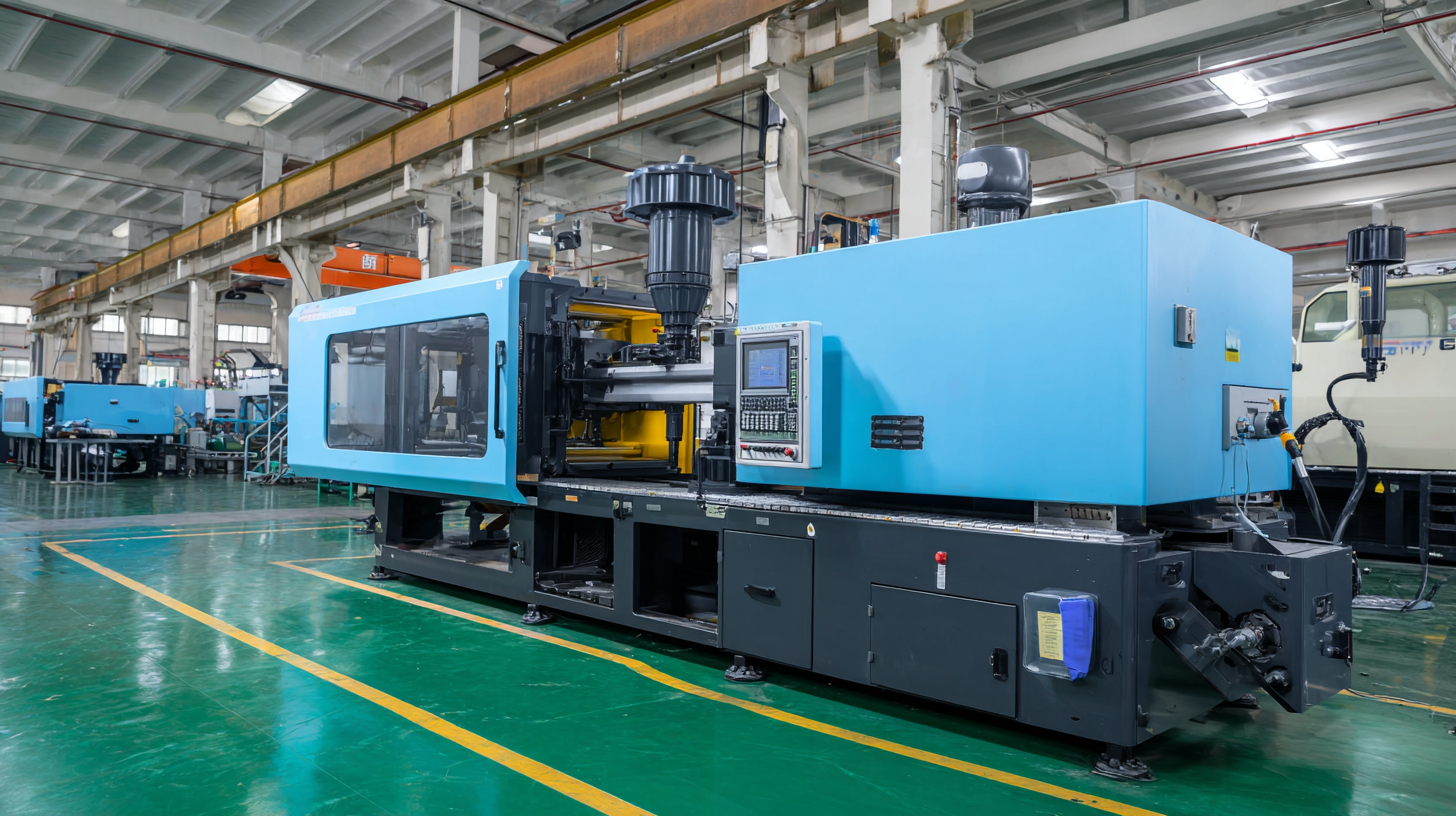
When searching for the best plastic injection molding machines in 2023, key features play a pivotal role in optimizing production. First and foremost, consider the machine's clamping force, as it directly affects the mold's capability to produce high-quality parts. A higher clamping force allows for more complex designs and reduces the risk of defects during the molding process. Additionally, look for machines with an energy-efficient operation to reduce costs and minimize environmental impact.
Another important feature is the machine's versatility and adaptability to various materials. In today’s competitive market, having the ability to mold different types of plastics can significantly enhance production flexibility. Machines equipped with advanced control systems also enable precise adjustments to pressure and temperature, ensuring consistent quality across batches.
**Tip:** Always evaluate the machine's maintenance requirements and support services offered by manufacturers. An easier maintenance routine can save time and resources, allowing production to continue smoothly.
**Tip:** Invest in machines that come with integrated automation options. Automated processes not only improve efficiency but also enhance safety in the workplace, making your operations more seamless and reliable.

When choosing the right injection molding machine for your production needs, several crucial factors come into play. First, consider the materials you will be working with. Recent advancements highlight the efficiency of producing precision parts, particularly with liquid silicone rubber (LSR). This method is redefining standards for mass production due to its potential for high-quality output and rapid manufacturing times. Selecting machines that specialize in specific materials can enhance both performance and durability, ensuring consistent quality in your automotive parts.
Tip: Assess the material compatibility of the machine with your production requirements to maximize efficiency.
Another essential factor is energy consumption. As manufacturing technologies evolve, the emphasis on energy-efficient machines has become paramount. Implementing strategies such as monitoring machine performance and optimizing cycle times can lead to significant reductions in energy use. According to industry reports, energy-efficient machines not only lower operational costs but can also enhance production speed, which is crucial in a competitive market.
Tip: Evaluate energy-saving features while considering injection molding machines to not only save costs but also increase production capacity.
The plastic injection molding industry is on the brink of significant transformation as we move toward 2025 and beyond. New technologies and innovative materials are emerging, enabling manufacturers to meet the growing demands for efficiency and sustainability. One of the key trends shaping the future is the integration of automation and robotics into the production process. This not only increases production rates but also enhances precision, reducing waste significantly. As companies strive for greener practices, the adoption of bioplastics and recycled materials is expected to rise, making the process more environmentally friendly.
Tip: When evaluating new injection molding machines, consider whether they come equipped with automation features. This can save time and labor costs while improving product consistency.
Additionally, smart manufacturing technologies, such as IoT (Internet of Things) sensors, will play a pivotal role in real-time monitoring of machinery and production lines. This capability enables immediate adjustments to optimize workflow and prevent machine downtime. The shift towards a more connected and data-driven approach will not only enhance productivity but also facilitate predictive maintenance, ensuring machines operate at peak performance.
Tip: Stay updated with the latest software for machine monitoring, as these tools can provide insights that lead to better decision-making and operational efficiency.
In 2023, optimizing the efficiency of injection molding machines is crucial for manufacturers looking to enhance production capabilities. Efficient operation can lead to significant cost savings and improved product quality. According to a recent report by MarketsandMarkets, the global injection molding machine market is expected to reach USD 15.6 billion by 2026, with advancements in technology playing a pivotal role in driving this growth. Thus, understanding the best practices for operating these machines can directly impact both output and profitability.
One key tip for maximizing efficiency is implementing predictive maintenance strategies. A study published by Gardner Business Media highlights that predictive maintenance can reduce machine downtime by up to 30%, which is essential for maintaining continuous production flows. Furthermore, regularly monitoring machine performance metrics, such as cycle time and energy consumption, allows operators to identify and address inefficiencies proactively. As automation continues to evolve, integrating smart technology into injection molding operations can facilitate real-time data analysis, ensuring that machines operate at peak performance while minimizing waste.
| Machine Model | Clamping Force (kN) | Shot Volume (cm³) | Cycle Time (seconds) | Energy Efficiency (%) |
|---|---|---|---|---|
| Model A | 650 | 180 | 20 | 85 |
| Model B | 800 | 200 | 18 | 90 |
| Model C | 500 | 150 | 22 | 80 |
| Model D | 950 | 220 | 16 | 92 |
| Model E | 750 | 190 | 19 | 88 |
| Model F | 700 | 170 | 24 | 75 |
| Model G | 850 | 210 | 17 | 91 |

